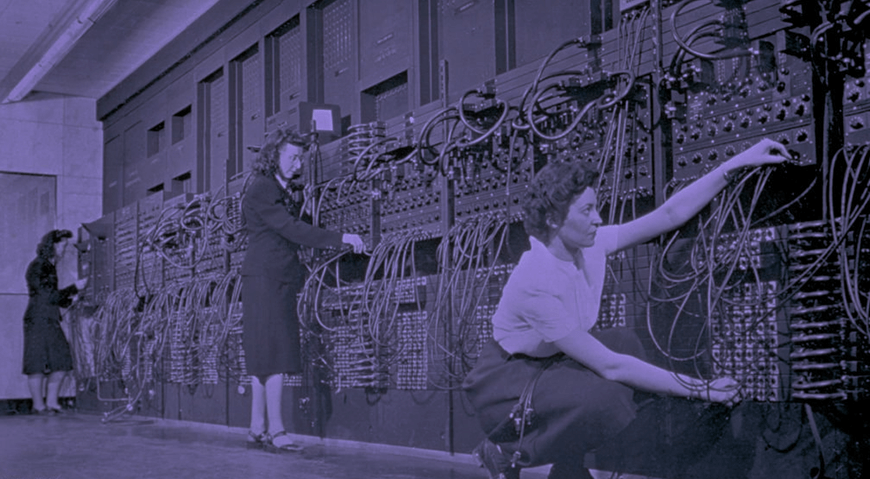Introduction to Data Centers: Pillars of the Digital Age
In its simplest essence, a data center is the digital heart that powers our
connected economy. But to define it merely as "a building with servers" would be like describing a
hospital as "a building with beds": technically correct, but terribly incomplete.
A data center is a specialized and meticulously designed facility that houses critical
computer systems and their associated components within a highly controlled environment. These
technological ecosystems combine high-performance hardware, redundant power and
cooling systems, ultra-fast network connections, and multiple layers of security to ensure that
data—the most valuable resource of the 21st century—remains secure, accessible, and operational 24 hours
a day, 365 days a year.
As described by the Mexican Data Center Association:
"A data center is a large-scale facility that houses infrastructure and equipment
specially designed to store computer systems where high-power and high-availability hardware are mixed
within a controlled environment in order to safeguard and process
data on a large scale."

The Critical Role of Data Centers in the Digital Economy
Data centers are to the digital economy what power plants were to the
industrial revolution: fundamental infrastructure without which everything stops. In a world where the
interruption of digital services can cost millions per hour, these centers represent the
difference between business success and catastrophic failure.
For Businesses:
-
Business continuity: They ensure that critical business operations
continue without interruption.
-
Scalability: They allow for rapid growth without the limitations of
traditional hardware in offices.
-
Robust security: They offer physical and digital protection that would be prohibitively
expensive to implement individually.
-
Regulatory compliance: They facilitate adherence to increasingly strict
data protection regulations.
For the Digital Society:
Data centers are the invisible foundation that supports virtually all digital experiences
of our daily lives:
-
Content streaming: When you enjoy your favorite series on Netflix or listen to
music on Spotify.
-
Online shopping: From searching for products to confirming payment on
Amazon or Mercado Libre.
-
Social networks: Every time you update your feed on Instagram or post a tweet.
-
Digital finance: When making a bank transfer or paying with your phone.
-
Government services: From filing taxes to requesting
official documents.
Without data centers, the cloud—that ethereal concept we all use—simply would not exist.

Digital transformation is not just about adopting new technologies; it is about fundamentally rethinking
how organizations operate. And in this revolutionary process, data centers play a
leading role as enablers of:
1. Accelerated Innovation
By providing the necessary infrastructure for the rapid development and deployment of applications,
modern data centers have removed the traditional barriers to innovation. Companies
can experiment, fail fast, and try again without massive investments in hardware.
2. Big Data Analytics
The true value of the enormous volumes of data we generate can only be unlocked with
massive processing capacity. Data centers provide the necessary computational power
to turn raw data into actionable insights that drive strategic decisions.
3. Artificial Intelligence and Machine Learning
The rise of AI and machine learning is directly linked to the evolution of data
centers. The algorithms that power virtual assistants, personalized recommendations, or
fraud detection systems require not only massive storage, but also specialized processing capacity
that only advanced data centers can provide.
4. Platform Economy
The dominant business model of the digital age—platforms that connect suppliers and demanders—
depends entirely on robust and scalable infrastructures. Companies like Uber, Airbnb, or
delivery platforms could not exist without the ability to process millions of simultaneous transactions
provided by data centers.
A Brief History of Data Centers
To appreciate where we are today, it is helpful to understand how we got here. The evolution of data
centers reflects the very history of computing:
Mainframe Era (1960s-1970s)
The first "data centers" were huge rooms that housed mainframe computers the size of
closets. IBM dominated this market, with machines that required dedicated cooling systems and
raised floors for cabling. Access to these facilities was strictly controlled and only
the largest organizations could afford these investments.
Key features: Extreme centralization, prohibitive costs,
limited capabilities by current standards.
Distributed Era (1980s-1990s)
With the advent of client-server computing, companies began to distribute their
computing resources. Smaller, more affordable servers allowed medium-sized organizations to build
their own server rooms, although they still lacked many features of modern data
centers.
Key features: Democratization of computing resources, first
structured cabling standards, beginning of basic redundancy.
Internet Era (1990s-2000s)
The rise of the Internet catalyzed the first major expansion of commercial data centers. Dot-com
companies needed rapidly scalable infrastructure, which led to the emergence of colocation and hosting
providers. During this time, the first formal standards for
data centers were developed, including the TIER classification from the Uptime Institute.
Key features: Professionalization, first industry standards,
focus on availability.
Cloud Era (2006-2015)
The launch of Amazon Web Services in 2006 marked the beginning of the cloud era, radically transforming
the landscape. Cloud service providers began to build
massive facilities, applying economies of scale never seen before. Virtualization allowed for much more
efficient use of resources.
Key features: Hyperscale, automation, energy efficiency,
massive virtualization.
Current Era: Hybrid and Edge (2015-Present)
Today we live in a world of hybrid architectures where traditional data centers coexist with
cloud services and edge computing. The need to process data close to where it is
generated has driven the creation of geographically distributed micro data centers.
Key features: Decentralization, sustainability, integration with AI,
specialized processing, advanced automation.

The Future That is Just Beginning
We are at a fascinating point in the evolution of data centers. The coming decades will bring
revolutionary changes driven by:
-
Sustainability: Carbon-neutral and ultra-efficient data centers.
-
Autonomy: Facilities almost completely managed by artificial intelligence.
-
Edge-cloud convergence: Blurring the lines between centralized and
distributed processing.
-
Quantum architectures: Preparing for the era of quantum computing.
Data centers will continue to evolve and adapt to new technological needs,
remaining the fundamental pillars of our global digital infrastructure.

